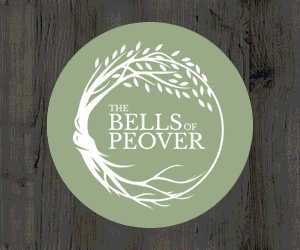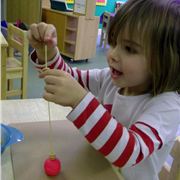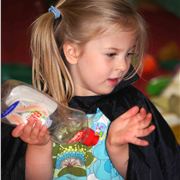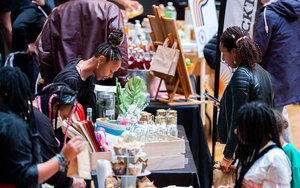WITH Christmas on the horizon, parents and children’s thoughts turn to play, as they visualise their homes being filled with the latest toys. Parents often ask me how they can make the most of the extended play time that the festive holiday brings and how to translate that into a learning process. Most play supports children’s progression, but there are certain areas and ideas that should be promoted to achieve the best outcomes for your little ones.
When Santa’s paid a visit, remember not only to keep the boxes, but to engage with your children in order to maximise the options for learning through play.
Learning through play
If you’ve got a child of nursery age (0 to four), then you’ve probably already come across the phrase ‘learning through play’. Although it’s an obvious phrase, it’s perhaps one that’s worth explaining in more detail, to help parents see how it fits into the context of a nursery setting and how it can be built on at home over the Christmas holidays.
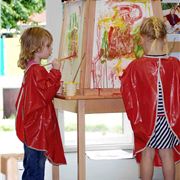 The framework that all early years settings work to, including all primary school reception classes in England, is called the Early Years Foundation Stage (EYFS). Covering children from babies up to age five, this document describes the things that all early years settings should be doing to make sure children are safe, happy and developing well.
The framework that all early years settings work to, including all primary school reception classes in England, is called the Early Years Foundation Stage (EYFS). Covering children from babies up to age five, this document describes the things that all early years settings should be doing to make sure children are safe, happy and developing well.
There are seven areas of learning and development that must shape the experiences and educational programmes nurseries provide. These are split into three ‘prime’ and four ‘specific’ areas – the general principle being that the prime areas are particularly crucial for ‘igniting children’s curiosity and enthusiasm for learning, for building their capacity to learn, form relationships and thrive’. These are:
- Communication and language
- Physical development
- Personal, social and emotional development.
The specific areas of learning, through which the three prime areas are strengthened and applied, are:
- Literacy
- Mathematics
- Understanding the world
- Expressive arts and design.
Parents often tell me that all they want is for their child to be happy at nursery – and no one would ever disagree with that. For people who work in early years childcare, this is their priority too. We know that providing a stimulating environment, with thoughtful and genuine interactions between adults and children, is the key to achieving this.
A few good examples of this are below. These highlight how an ethos of ‘learning through play’ supports children’s learning in each of the seven areas and hopefully they will provide you with some useful tips about how you can easily extend this education at home.
Mitten Match
Find several pairs of different coloured or patterned mittens. Mix them up and place in a box, then let your child/children take turns to find the matching pairs. These don’t have to be real mittens – use your imagination and try cutting out shapes and put different patterns on them instead. It will be just as effective.
Children will be engaging in number language, patterns and shapes, developing language and listening skills, comparing objects, using positional language (in, under, etc.), and being confident in their choices.
Put some Cheerios (breakfast cereal) in a bowl. Put a long piece of spaghetti into a blob of play-doh so it can stand up on a mat. Invite your child to thread the hoops onto the spaghetti.
Children love threading, plus this is a brilliant activity to help improve hand/eye co-ordination, fine motor skills (careful action required to thread the Cheerio and stop the spaghetti strand from snapping!), concentration and involvement, and listening and attention skills.
All Wrapped Up
It seems that the age-old phenomenon of the cardboard box being more exciting than the latest craze still reigns supreme. As the box encourages more creativity, nine out of ten times, parents should embrace it.
There is endless fun and learning to be had with empty boxes and bits of leftover wrapping paper. Provide scissors, coloured pens, tape and tissue paper, and I guarantee you a minimum of one hour of uninterrupted fun. Obviously you’ll need to provide adult supervision, but as research shows that parents who get involved with their children’s play time have a better bond with their child in their early years, then it’s a win-win situation.
Box/play helps support children’s physical, social and intellectual development in many ways – practicing scissor skills, language development, mathematical concepts, speaking and listening skills, co-operative play, creative skills, problem-solving... the list goes on.
So, when Santa’s paid a visit, remember not only to keep the boxes, but to engage with your children in order to maximise the options for learning through play. The whole family can enjoy spending time together, away from the TV or computer games, and you can enjoy watching young children develop their skills while they have a ball.
To contact Julie, or to enquire about The Village Nursery, please email info@village-nursery.co.uk or call 0161 876 7994.
Visit the Facebook page at www.facebook.com/villagenursery or view The Village Nursery’s website – www.village-nursery.co.uk for further information.
Follow Julie on Twitter @villagetrafford






